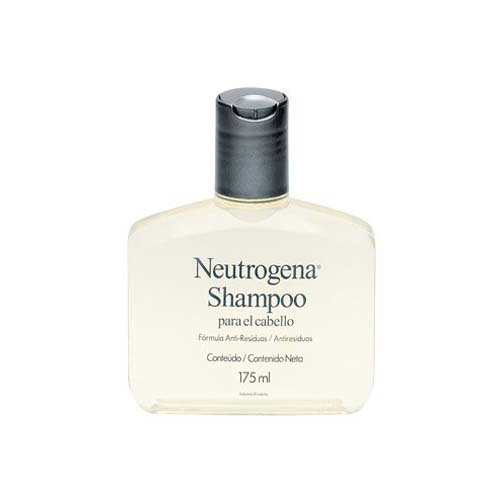Before the tattoo:
Mummies found in ancient Egypt with traces and inscriptions in the abdomen prove that fashion is designed to have the old skin. The Egyptians used the tattoo to differentiate between tribes, to mark important events and foremost as a religious act. Even after more than five thousand years - and after two prohibitions, one in the 8th century, by papal decree and another in the 20th century, New York, the technique of puncturing the dermis with needles full of ink has hardly changed.
What changed is the skin care and hygiene. The rules to prevent infections, allergies and contamination are essential to make the procedure safer. The tattoo artist Edgard Ghilardi Junior, known as Dada, Dada's Tattoo Studio, reinforces this idea and says that one must be very careful when choosing the tattoo parlor. "Check if the environment is in accordance with the rules of hygiene, see photos of work done and talk to the artist it is important to be able to choose the right professional," says Given.
Tattoo Studios undergo an annual inspection of the National Health Surveillance Agency (ANVISA),where the structure is checked and asepsis of the establishment, so always ask for the license of operation of such sites. Inks, needles and accessories must also be registered health. Henrique Mattos, of New Wind Tattoo tattoo artist looks to take responsibility in deciding who will leave a permanent mark on your skin is essential to avoid future problems.
During the tattoo:
Once you have chosen the studio and the professional, it's time to feel the needles into the skin. But before you watch the tattooist wash hands with water, soap and alcohol 70% before the procedure. Even with hands washed, it is essential to use gloves. The skin area where the tattoo is made must also be washed and applied alcohol to total disinfection.
The needles will be used should be discarded after use, so it requires that the professional open the package in front, so you can be sure that it has not yet been used. Also make sure that the studio sterilize non-disposable materials, such as the tip of the machine where the needle is inserted. Sterilization should be performed in an autoclave (device that uses pressure to sterilize surgical materials), where the probe should be left for approximately 40 minutes, the second view. Before sterilization is necessary to wash the toe tap water with a brush and put it in an ultrasonic tub for 30 minutes. Then it is necessary to leave it in a container with specific chemicals for cleaning surgical specimens 2-24 hours. After this period, the toe is to be enveloped and taken to the autoclave.
The ink to be used should be placed in small cups and what remains must be discarded, and can never be reused in another tattoo. Henry warns that the ink also has contact with the blood and can transmit diseases, if shared.
Allergic reactions to ink can happen, but are not common. Given that states can not diagnose whether or not this will occur. "There are no tests that prove the allergy, so care should be taken to see how the skin reacts," says the artist. According to Henry, the colors with the highest possibility of hypersensitivity are the red and blue. "They have in their pigmentation larger amount of iron and mercury, which end up being more likely to develop allergies," says Henry. If you find that you are leaving a lot of discharge and redness of the tattoo does not diminish, look for a dermatologist.
After the tattoo:
The most important part of the tattoo is healing. Edgard remember that success depends not only professional but also care that the client is made after the tattoo. "For a beautiful job, 50% of the responsibility is mine and is 50% of the customer," he says.
Henry emphasizes the importance of care at that stage and gives some tips at the time of healing:
- Cancel the gym and do not make physical efforts for at least two weeks after the procedure. "If the tattoo has cone, exercise can make it crack and design may be missed," says Henry.
- Always wash with liquid soap and water, removing all traces of blood and secretion, even if it hurts.
- After washing, make a dressing with plastic film (used for food packaging). "In addition to protecting the tattooed area, the plastic film also prevents the secretion dries and forms very thick bark. It also helps in cleaning hours," says Henry. This dressing should be done until the third or fourth day after the procedure.
- Do not eat too much fatty and forget shrimp and pork. "These foods increase the likelihood of a person developing hypersensitivity and delay the healing time," says the artist.
- Polishes healing can be passed over the skin, but always in small quantities (it should be transparent), but Henry says that the ointment is not an essential part of healing. "The skin reacts to its own hurt and alone can answer," he says.
- By no means remove the cone or scratch your tattoo, if you do the design may be faulty.
- Always use sunscreen on tattoos. "It ensures that the colors are vivid and perfect design," concludes Henry.
Love, hope you enjoyed the tips, stay with God to the next.
























